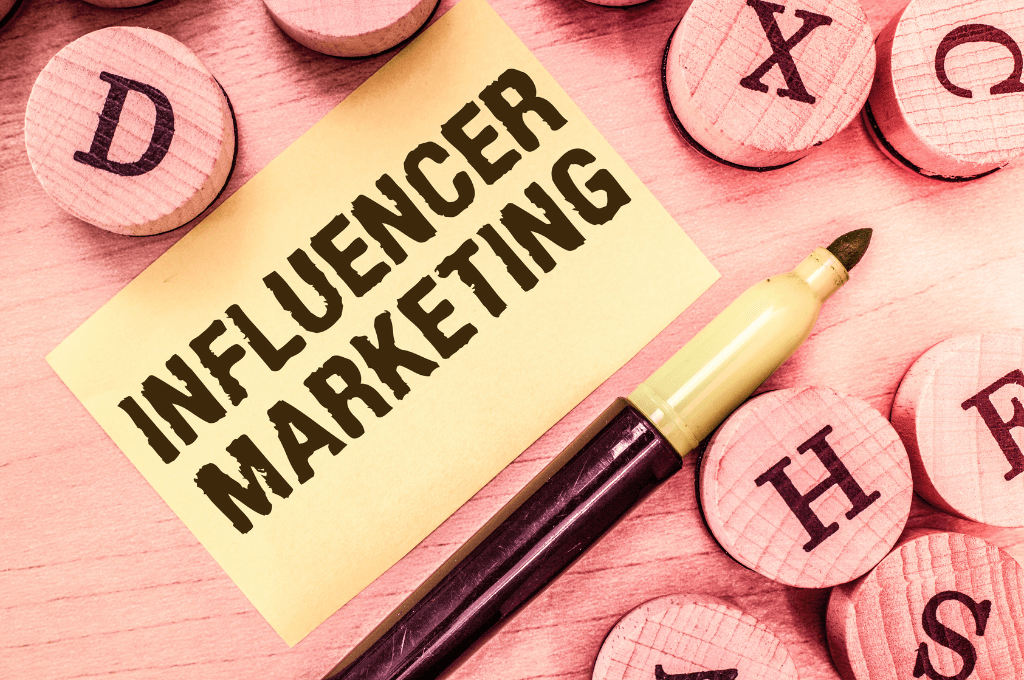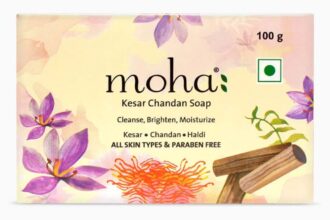In recent years, influencer marketing has emerged as a highly effective strategy for brands to reach and engage with their target audiences. However, not all influencers are created equal, and brands must choose the right type of influencer to achieve their desired marketing objectives. In this article, we will explore the differences between four distinct types of influencers – mega, macro, micro, and nano – and provide real-life examples of each to substantiate our statements.
Section 1: Defining the Influencer Hierarchy
Before we delve into each type of influencer, it’s essential to understand the influencer hierarchy. Influencers are typically segmented based on their number of followers and the reach of their influence. Let’s take a closer look at each level of the hierarchy.
1.1 Mega-Influencers
Mega-influencers are typically the most well-known and influential digital personalities. They are often celebrities from the entertainment, sports, or fashion worlds and have massive followings across multiple social media platforms.
Key characteristics of mega-influencers:
- Follower count: 1 million or more
- Reach: Global audience
- Industry: Entertainment, sports, fashion, etc.
- Engagement: Lower engagement rates compared to smaller influencers
Examples:
- Kylie Jenner: With over 210 million followers on Instagram, Kylie Jenner is one of the most influential mega-influencers. As a reality TV star and entrepreneur, Kylie has leveraged her fame and influence to launch her own makeup line, Kylie Cosmetics.
- Dwayne “The Rock” Johnson: With over 220 million followers on Instagram, Dwayne Johnson is a prime example of a mega-influencer. As a former wrestler turned actor and entrepreneur, he has partnered with brands like Under Armour, Project Rock, and ZOA Energy Drink to leverage his global appeal and massive following.
1.2 Macro-Influencers
Macro-influencers have a slightly smaller following than mega-influencers but still wield significant influence within their respective industries. They often specialize in a specific niche and are ideal for targeted marketing campaigns.
Key characteristics of macro-influencers:
- Follower count: 100,000 to 1 million
- Reach: Regional or national audience
- Industry: Beauty, fitness, travel, lifestyle, etc.
- Engagement: Moderate engagement rates
Examples:
- Rachel Hollis: With over 1.6 million followers on Instagram, Rachel Hollis is a macro-influencer in the lifestyle and personal development niche. She has authored several books, hosts a popular podcast, and has worked with brands like Disney, Walmart, and Ford.
- Bretman Rock: As a beauty and lifestyle influencer with over 16 million followers on Instagram, Bretman Rock is a prime example of a macro-influencer. He has worked with brands like Morphe Brushes, ColourPop Cosmetics, and Missguided to promote their products and expand his reach.
1.3 Micro-Influencers
Micro-influencers have a smaller following than macro-influencers, but they have a more engaged and dedicated audience. They often specialize in a specific niche or industry and are known for their authenticity and relatability.
Key characteristics of micro-influencers:
- Follower count: 10,000 to 100,000
- Reach: Local or niche audience
- Industry: Any industry, niche-specific
- Engagement: High engagement rates, close relationship with followers
Examples:
- Jess Keys: With over 50,000 followers on Instagram, Jess Keys is a micro-influencer in the fashion and lifestyle niche. She has worked with brands like Madewell, Shopbop, and Glossier to promote their products and reach her audience.
- Brianne Manz: As a mom blogger and micro-influencer with over 27,000 followers on Instagram, Brianne Manz is a prime example of a micro-influencer. She has partnered with brands like Disney, JetBlue, and Fisher-Price to showcase her parenting lifestyle and offer authentic product endorsements.
1.4 Nano-Influencers
Nano-influencers are the newest addition to the influencer hierarchy, and they have become increasingly popular in recent years. They have a relatively small following but are highly engaged with their audience and often have a deep connection with them. Key characteristics of nano-influencers:
- Follower count: 1,000 to 10,000
- Reach: Local, niche, or personal
- Industry: Any industry, niche-specific
- Engagement: High engagement rates, close relationship with followers
- Yelena Bosovik: As a skincare and beauty nano-influencer with just over 3,000 followers on Instagram, Yelena Bosovik is a prime example of a nano-influencer. She has partnered with brands like Biossance, Youth to the People, and Supergoop to offer authentic product endorsements to her highly engaged audience.
- Ashley Pardo: As a food and nutrition nano-influencer with just over 5,000 followers on Instagram, Ashley Pardo showcases her unique approach to healthy eating and has partnered with brands like Four Sigmatic and Daily Harvest to promote their products.
Section 2: Selecting the Right Influencer
Now that we’ve covered the different types of influencers, how do you determine which type of influencer is right for your brand? Here are some key considerations to keep in mind:
2.1 Audience Demographics and Reach
Consider the demographics of your target audience and the reach of the influencer’s following. Mega and macro-influencers often have a broad audience reach, while micro and nano-influencers have a more niche audience. Choose an influencer whose audience aligns with your target audience to maximize engagement.
2.2 Influencer Metrics
Evaluate the influencer’s metrics, such as engagement rate, reach, and conversion rate, to determine their effectiveness. Consider their previous partnerships and results to determine the potential impact and ROI of a partnership.
2.3 Evaluating Content Quality and Authenticity
In addition to metrics, evaluate the content quality and authenticity of potential influencers. Look for influencers who produce high-quality content that resonates with your brand’s values and messaging. Authentic influencers who maintain a genuine relationship with their audience are more likely to drive meaningful engagement and conversions.
2.4 Establishing a Budget
Consider your marketing budget when selecting an influencer. Mega and macro-influencers often demand higher fees, while micro and nano-influencers can be more cost-effective options. Keep in mind that the most expensive option is not always the most effective, and smaller influencers may provide higher ROI due to their dedicated, engaged audiences.
Section 3: Collaborating with Influencers for Maximum Impact
3.1 Building a Relationship
A successful influencer partnership relies on establishing a strong relationship with the influencer. Engage with them on social media, express genuine interest in their content, and discuss your brand’s goals and values to create a mutually beneficial partnership.
3.2 Co-creating Content
Collaborate with your chosen influencer to co-create content that aligns with your brand’s messaging while also showcasing the influencer’s unique voice and style. This collaborative approach can lead to more authentic and engaging content, driving higher audience engagement.
3.3 Setting Clear Expectations
Be transparent with your influencers about your goals and expectations for the partnership. Establish clear guidelines for content creation, deadlines, and disclosure requirements to ensure a successful partnership. Encourage open communication and address any issues or concerns promptly to maintain a positive relationship.
3.4 Measuring Success
Measure the success of your influencer campaign using relevant metrics such as engagement rates, reach, conversions, and ROI. Use this data to refine your strategy and identify areas for improvement in future campaigns.
Influencer marketing has become an essential strategy for brands to reach and engage with their target audience. By understanding the differences between mega, macro, micro, and nano-influencers, brands can choose the right influencer to achieve their desired marketing objectives. While mega and macro-influencers may have a broader audience reach, micro and nano-influencers often provide higher engagement rates and ROI due to their dedicated, engaged audiences. By collaborating with influencers, co-creating authentic content, and measuring success, brands can create successful influencer partnerships that drive meaningful engagement and conversions.
Also Read: Role of Influencer Marketing in Your Overall Marketing Strategy
Influencer marketing is continuously evolving, and it is essential to stay up to date with the latest trends and changes in the industry. By regularly monitoring influencer metrics and adapting to changing audience preferences, brands can maintain an effective influencer marketing strategy and stay ahead of the competition.

















